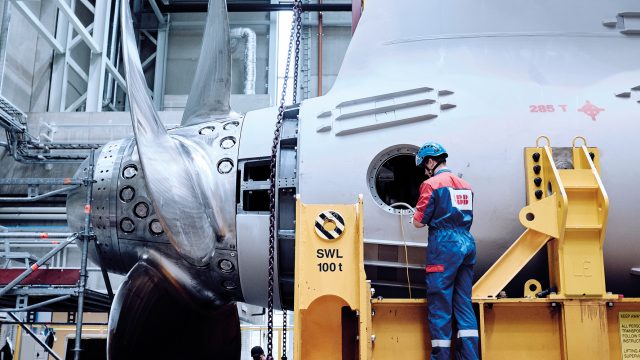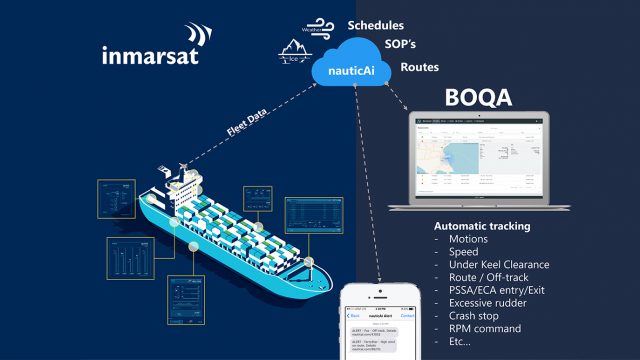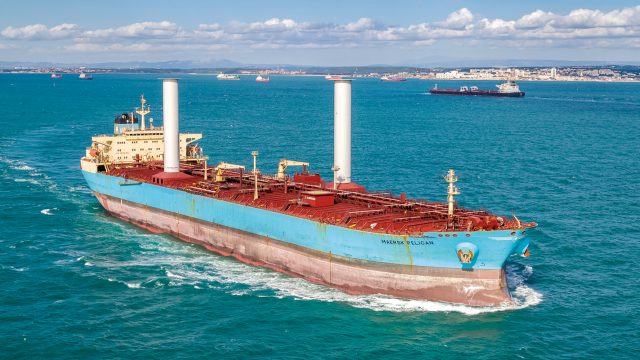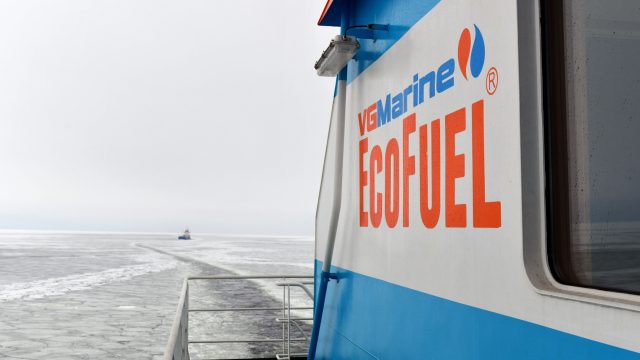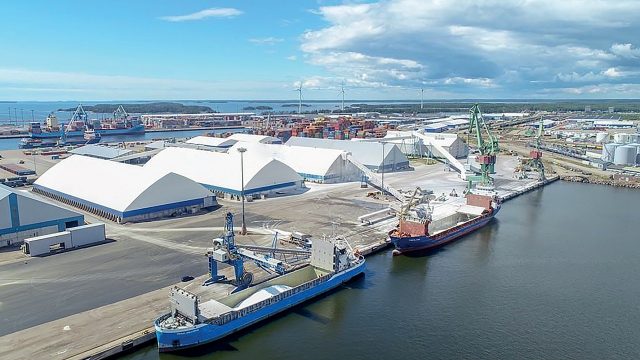Tommi Pettersson, VP, Cargotec Digital Solutions, heads up Cargotec’s Technology and Competence Centre in Tampere. He says that Cargotec’s strategy seeks to optimise cargo traffic flows with smart technology.
“In shipping, we of course aim to ensure optimal transport – enhancing the efficiency of ports and their capacity plays an important role in this,” says Pettersson.
Cargotec’s business areas – Kalmar, MacGregor and Hiab – provide customers with solutions and maintenance services, optimizing global cargo flows and creating sustainable customer value. These three businesses are known for their leading cargo and load handling solutions around the world.

Kalmar’s offering includes port automation and cargo handling equipment, such as ship-to-shore cranes, rubber-tired gantry cranes, straddle and shuttle carriers, reachstackers, empty container handlers, terminal tractors, forklift trucks and automated guided vehicles as well as maintenance and support. Every year, close to 800 million container moves are made globally in ports, with every fourth of them being handled by a Kalmar solution.
Automation revolutionises ports
In May 2018, Cargotec’s Kalmar business area announced its commitment to reduce emissions in cargo and material handling operations by fostering eco-efficient technologies. According to the commitment, Kalmar’s full offering will be available as electrically powered versions by 2021. According to Pettersson, the majority of Kalmar’s range is already electric.
“End-to-end logistics chain optimization and better flow of transport thanks to digital data based solutions are even more important than electrification of single machine. For this reason, Cargotec continues to invest heavily into its software business.”
The Kalmar One automation system, Navis N4 terminal operating system (TOS) and the Navis Smart suite of terminal applications, Octopi SaaS TOS, loading computer, stowage planning and fleet performance monitoring software are also part of the Kalmar business area.
These enable customers to optimise the loading and unloading of goods flows, transport and transportation speeds.
“By handling cargo faster, we significantly reduce total emissions. The ship can then spend more time at sea – that is, sail at more environmentally friendly speeds. The aim is that ships will be better informed about when they should come to port. This enables them to avoid having to wait unnecessarily outside the port,” says Pettersson, describing the benefits of just-in-time shipping.
Pettersson says that sharing data is another ongoing challenge in shipping, as many operators jealously protect their own information.
“Rationally sharing data and documents with everyone would be a better alternative. Another problem is that traditional means of communication, such as email and faxes, are still used frequently in shipping. Container arrivals are even announced by phone,” he says.
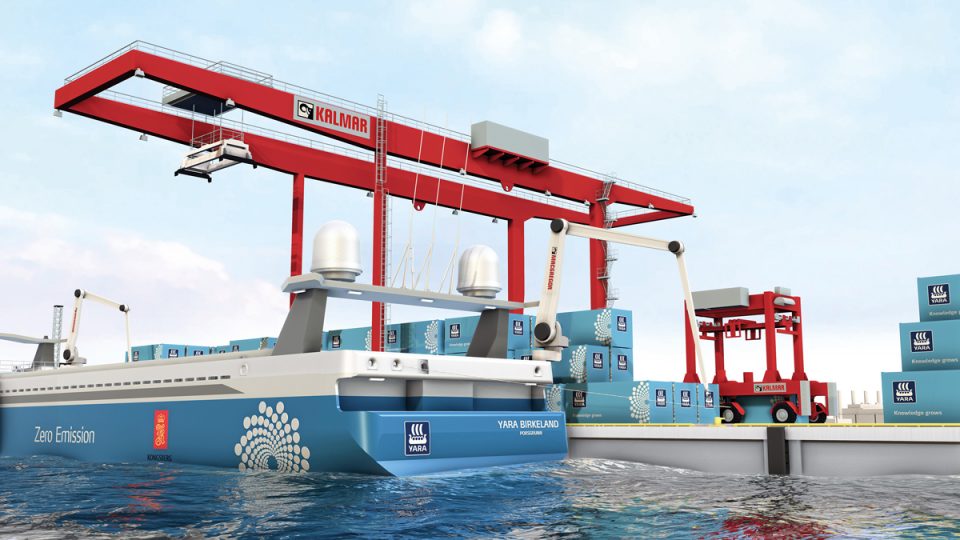
Kalmar is an important trailblazer in automated communications with its open interfaces, such as Kalmar ONE and the Navis Smart suite. Tommi Pettersson says that robitzation is the next step in making equipment more intelligent and self-sustainable. Robotics allows the industry to focus on managing the overall flow of goods instead of trying to control individual equipment in an optimal way.
Tommi Pettersson says that port automation solutions and the optimisation of shipping traffic flows in general will yield great financial benefits to companies that know how to make the most of them. Of course, environmental factors and responsibility must be taken into consideration in business operations.
“All our operations seek to ensure that smart technology will enable customers to save on kilometres and cut down on machine idling, thereby reducing emissions and achieving greater cost-savings,”says Tommi Pettersson.















